This information might be about you, your preferences or your device and is mostly used to make the site work as you expect it to. The information does not usually directly identify you, but it can give you a more personalized web experience. Because we respect your right to privacy, you can choose not to allow some types of cookies.
Optic Neuritis: Symptoms, Causes & Treatment Options
Nov 9, 2023Parts of Animal Cell. An animal cell consists of many different regions and each region has its own role to play. Based on their shapes, size, and activities all the cells have the following major functional parts: The plasma membrane, nucleus, cytoplasm, and cell organelles. Here we have discussed all of these parts briefly in a tabulated form:
Source Image: reddit.com
Download Image
By Kathi Lengyel. In this interactive object, learners select the correct description of a child in the five stages of development in the following categories: pattern of growth, vital signs, organ development, vision and hearing, and developmental stage. Watch Now. 986. 13.7k.

Source Image: pubs.acs.org
Download Image
Animal and Plant Cells (7.12D & F) w/ Identification of Cell Parts Flashcards | Quizlet A plant cell contains a large, singular vacuole that is used for storage and maintaining the shape of the cell. In contrast, animal cells have many, smaller vacuoles. Plant cells have a cell wall, as well as a cell membrane. In plants, the cell wall surrounds the cell membrane. This gives the plant cell its unique rectangular shape.
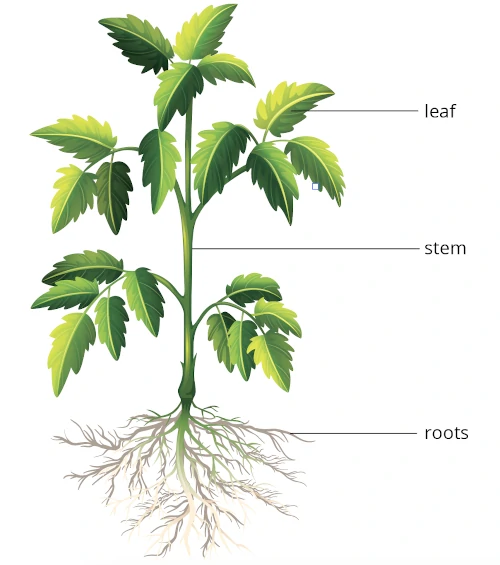
Source Image: geniebook.com
Download Image
Correctly Identify The Parts Of An Animal Cell
A plant cell contains a large, singular vacuole that is used for storage and maintaining the shape of the cell. In contrast, animal cells have many, smaller vacuoles. Plant cells have a cell wall, as well as a cell membrane. In plants, the cell wall surrounds the cell membrane. This gives the plant cell its unique rectangular shape. Color according to the directions below; the numbers correspond to the numbers on the cell diagram. The cell membrane surrounds the cell and acts as a barrier. It controls what comes in and out of the cell. Color the membrane light brown. The membrane can have structures on its surface that help the cell move, or move particles within the body.
Plants and Their Parts | Primary 3 Science – Geniebook
Key points: All cells have a cell membrane that separates the inside and the outside of the cell, and controls what goes in and comes out. The cell membrane surrounds a cell’s cytoplasm, which is a jelly-like substance containing the cell’s parts. Cells contain parts called organelles. Each organelle carries out a specific function in the cell. Cell Wall – Definition, Cell Wall Function, Cell Wall Layers

Source Image: byjus.com
Download Image
Biology Notes for A level: #27 Summary of Cell membrane Key points: All cells have a cell membrane that separates the inside and the outside of the cell, and controls what goes in and comes out. The cell membrane surrounds a cell’s cytoplasm, which is a jelly-like substance containing the cell’s parts. Cells contain parts called organelles. Each organelle carries out a specific function in the cell.
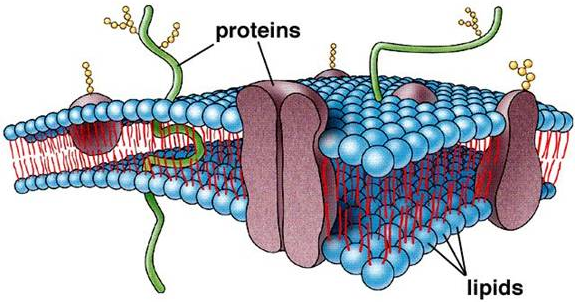
Source Image: biology4alevel.blogspot.com
Download Image
Optic Neuritis: Symptoms, Causes & Treatment Options This information might be about you, your preferences or your device and is mostly used to make the site work as you expect it to. The information does not usually directly identify you, but it can give you a more personalized web experience. Because we respect your right to privacy, you can choose not to allow some types of cookies.
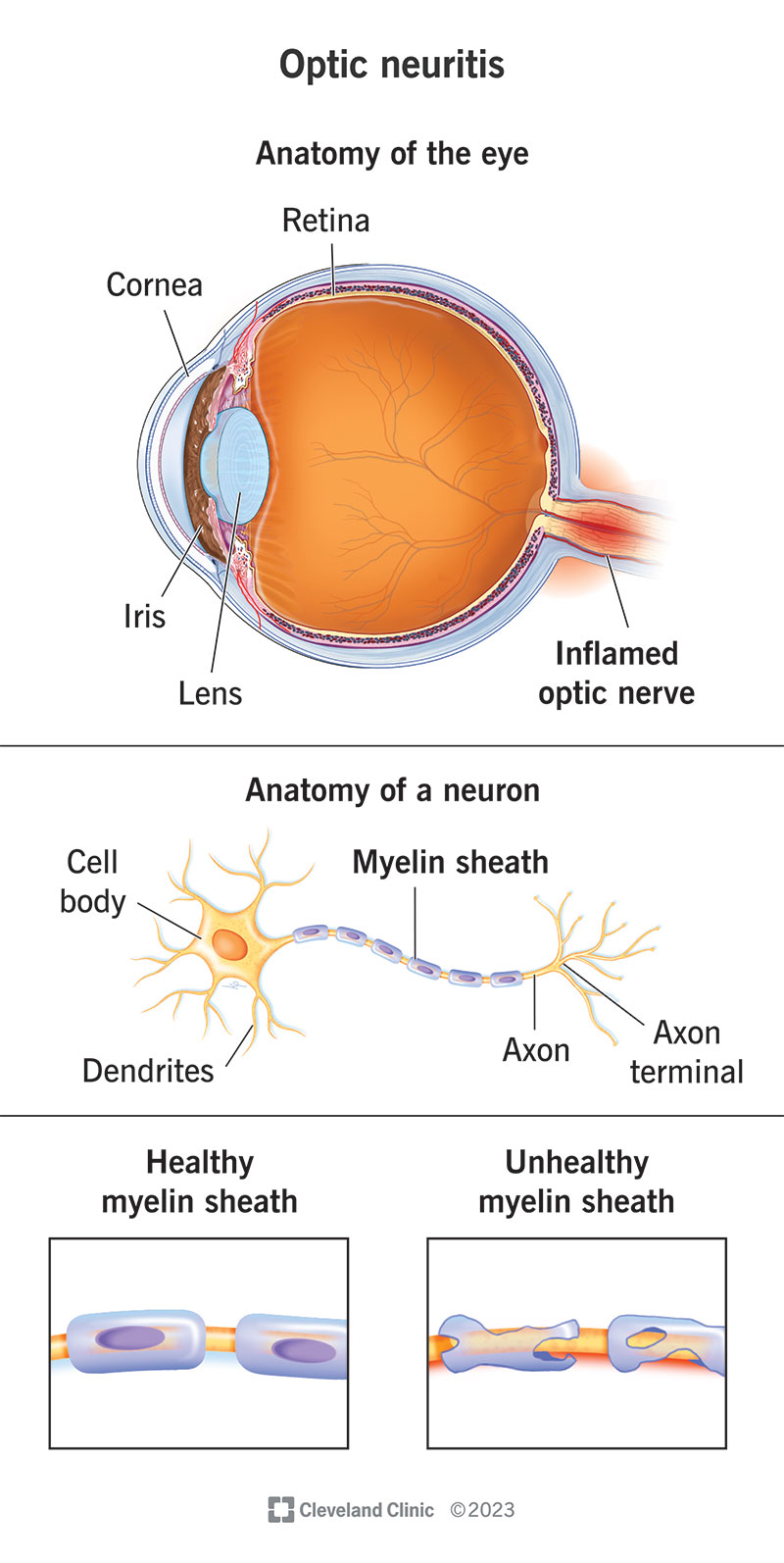
Source Image: my.clevelandclinic.org
Download Image
Animal and Plant Cells (7.12D & F) w/ Identification of Cell Parts Flashcards | Quizlet By Kathi Lengyel. In this interactive object, learners select the correct description of a child in the five stages of development in the following categories: pattern of growth, vital signs, organ development, vision and hearing, and developmental stage. Watch Now. 986. 13.7k.

Source Image: quizlet.com
Download Image
Multinuclear Nuclear Magnetic Resonance Spectroscopy Is Used to Determine Rapidly and Accurately the Individual pKa Values of 2-Deoxystreptamine, Neamine, Neomycin, Paromomycin, and Streptomycin | ACS Omega The cell is the structural and functional unit of life. These cells differ in their shapes, sizes and their structure as they have to fulfil specific functions. Plant cells and animal cells share some common features as both are eukaryotic cells. However, they differ as animals need to adapt to a more active and non-sedentary lifestyle.

Source Image: pubs.acs.org
Download Image
Animal Cell – Structure, Function, Diagram, and Types A plant cell contains a large, singular vacuole that is used for storage and maintaining the shape of the cell. In contrast, animal cells have many, smaller vacuoles. Plant cells have a cell wall, as well as a cell membrane. In plants, the cell wall surrounds the cell membrane. This gives the plant cell its unique rectangular shape.
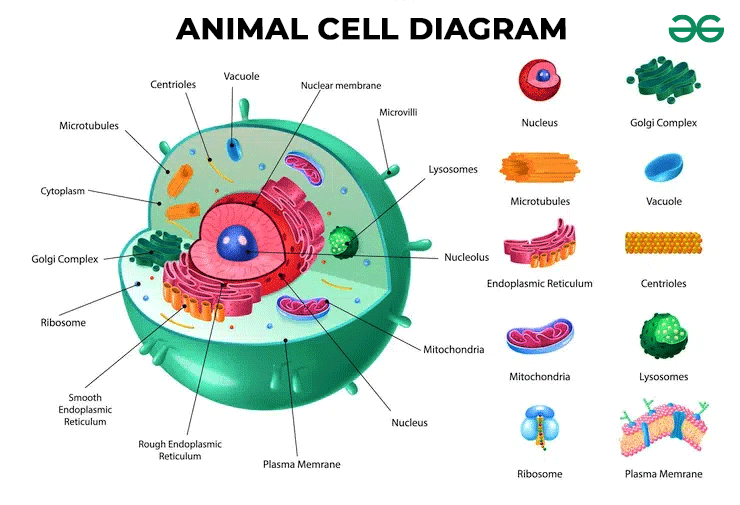
Source Image: geeksforgeeks.org
Download Image
intro to college biology: Ch. 3 HW Flashcards | Quizlet Color according to the directions below; the numbers correspond to the numbers on the cell diagram. The cell membrane surrounds the cell and acts as a barrier. It controls what comes in and out of the cell. Color the membrane light brown. The membrane can have structures on its surface that help the cell move, or move particles within the body.

Source Image: quizlet.com
Download Image
Biology Notes for A level: #27 Summary of Cell membrane
intro to college biology: Ch. 3 HW Flashcards | Quizlet Nov 9, 2023Parts of Animal Cell. An animal cell consists of many different regions and each region has its own role to play. Based on their shapes, size, and activities all the cells have the following major functional parts: The plasma membrane, nucleus, cytoplasm, and cell organelles. Here we have discussed all of these parts briefly in a tabulated form:
Animal and Plant Cells (7.12D & F) w/ Identification of Cell Parts Flashcards | Quizlet Animal Cell – Structure, Function, Diagram, and Types The cell is the structural and functional unit of life. These cells differ in their shapes, sizes and their structure as they have to fulfil specific functions. Plant cells and animal cells share some common features as both are eukaryotic cells. However, they differ as animals need to adapt to a more active and non-sedentary lifestyle.